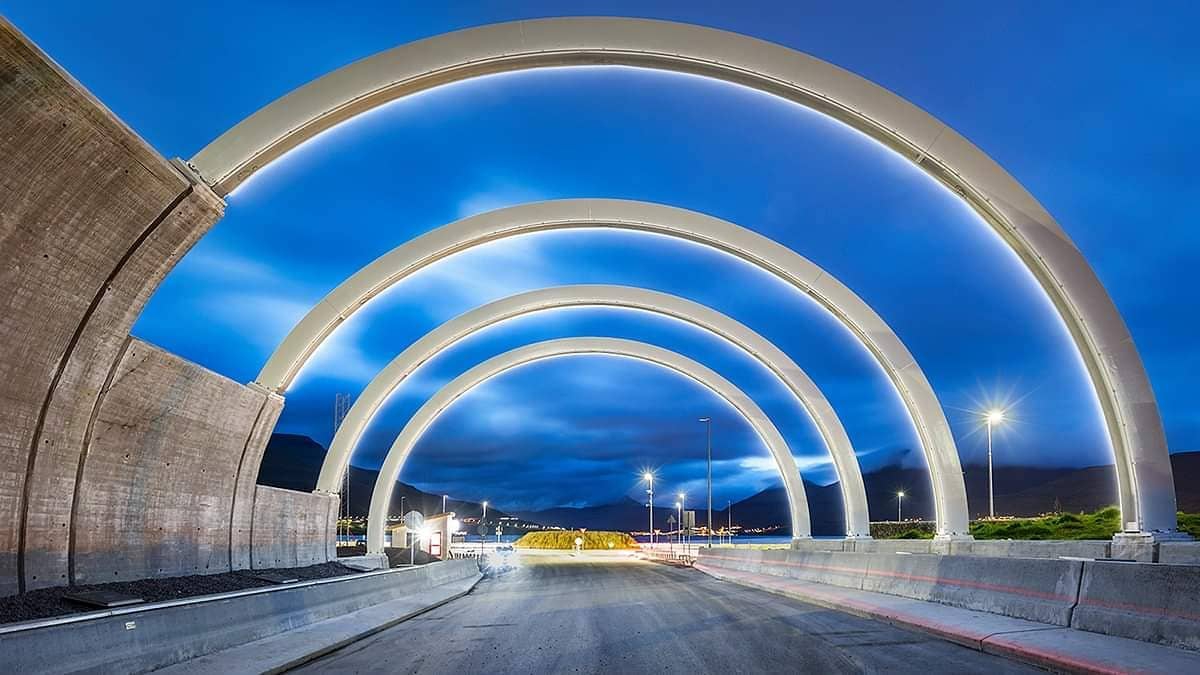Population in Norðstreymoyar region
23. Sep 2020
Central region is growing

The total Faroese population grew by 3,660 from 1 January 2010 to 1 January 2020, but this growth has varied significantly across and within the municipalities.
The list at the bottom of this article shows the demographic changes over the past decade in the 117 towns and villages across the country’s 29 municipalities.
Over the past decade, the total Faroese population grew by 3,660 people (7.5%). There was population growth in 15 municipalities and decline in 13. One saw no population change in this period.
The three largest municipalities have had the largest growth. Tórshavnar’s population saw an increase of 2,168 inhabitants (11%), Klaksvíkar increased by 682 (8%) and Runavíkar increased by 364 (10%).
This is followed by the three large municipalities with approx. 2,000 inhabitants, all of which had a 10% population growth – Vága municipality: 195 people, Eystur municipality: 193 and Sunda municipality: 160.
Next up are some medium-sized municipalities with populations of between 1,000 and 1,500. Sørvágs had the biggest growth of these, followed by Sjóvar, Nes, Vestmanna and Fuglafjarðar.
The largest percentage growth, however, was seen in one of the smaller municipalities – Eiðis, which increased by 98 inhabitants (15%).
In the northern half of the country, only Hvannasunds and Viðareiðis municipalities had a decline in their population.
The population figures in the southern half of the country paint an entirely different picture. Here (south of Tórshavn), only Vágs municipality in Suðuroy has seen population growth over the past decade, though this growth is made up of only one person. In number terms, Hvalbiar and Skopunar municipalities saw the biggest decline, down by 43% and 41% respectively.
Age distribution across the municipalities
In percentage terms, the under-16 age group is generally outnumbered by the over-66 age group in the smallest municipalities, with a few exceptions, including Kunoyar and Eiðis. Large municipalities such as Tvøroyrar and Vágs have relatively fewer young inhabitants and more in the older age brackets than the national average. This also applies to the country’s second-largest municipality, Klaksvíkar.
.
Gender distribution across municipalities
The national average gender distribution is 51,7% male and 48,3% female. Municipalities with the most equal gender distribution include Tórshavnar, Sørvágs, Húsavíkar and Sands.
Larger municipalities with more unequal gender distribution include Runavíkar, Fuglafjarðar, Sunda, Eystur and Eiðis. The small-island municipalities of Skúgvoyar and Fugloyar have the most unequal gender distribution.
The general population trend across the country’s 29 municipalities is that the large towns are growing and the small villages are shrinking.